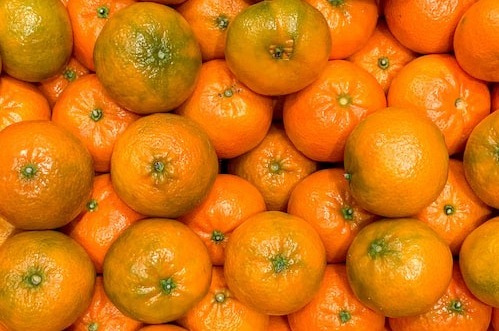W22: Mandarin Update

In W22 in the mandarin landscape, Bhutan relies heavily on the export of mandarin oranges to India and Bangladesh, making it one of their major fresh fruit exports and a significant contributor to the country's economy. It was reported that in 2022, 18,467T of mandarins were harvested, showing a notable increase of 2.5KT compared to 2021. Among the major mandarin orange-producing counties, Dagana, Samdrup Jongkhar, and Tsirang recorded harvests of 3,487T, 2,638T, and 3,056T, respectively.
Argentina ranks as the seventh-largest global producer of citrus fruits, with the majority of production (95%) concentrated in the NEA region. Despite this, mandarins have faced limited popularity among Argentines due to their challenging peeling process and the presence of seeds. INTA (National Institute of Agricultural Technology) has initiated a Mandarin Genetic Improvement Program. The aim is to develop new mandarin varieties that exhibit exceptional sensory qualities, effortless peeling, and seedless. Lastly, mandarins are growing in South Africa, with 33K acres of orchards under six years old, with 18K acres being four years or younger. Lastly, the arrival of Peruvian mandarins and early Peruvian clementines in the US has been affected by lower volumes caused by untimely rains and warm autumn. Peruvian exporters have shown increased interest in the European and UK markets. The availability of early mandarins has helped fill the gap left by California's early departure. However, the transition to mandarins and early clementines in 2023 is experiencing a delay.




